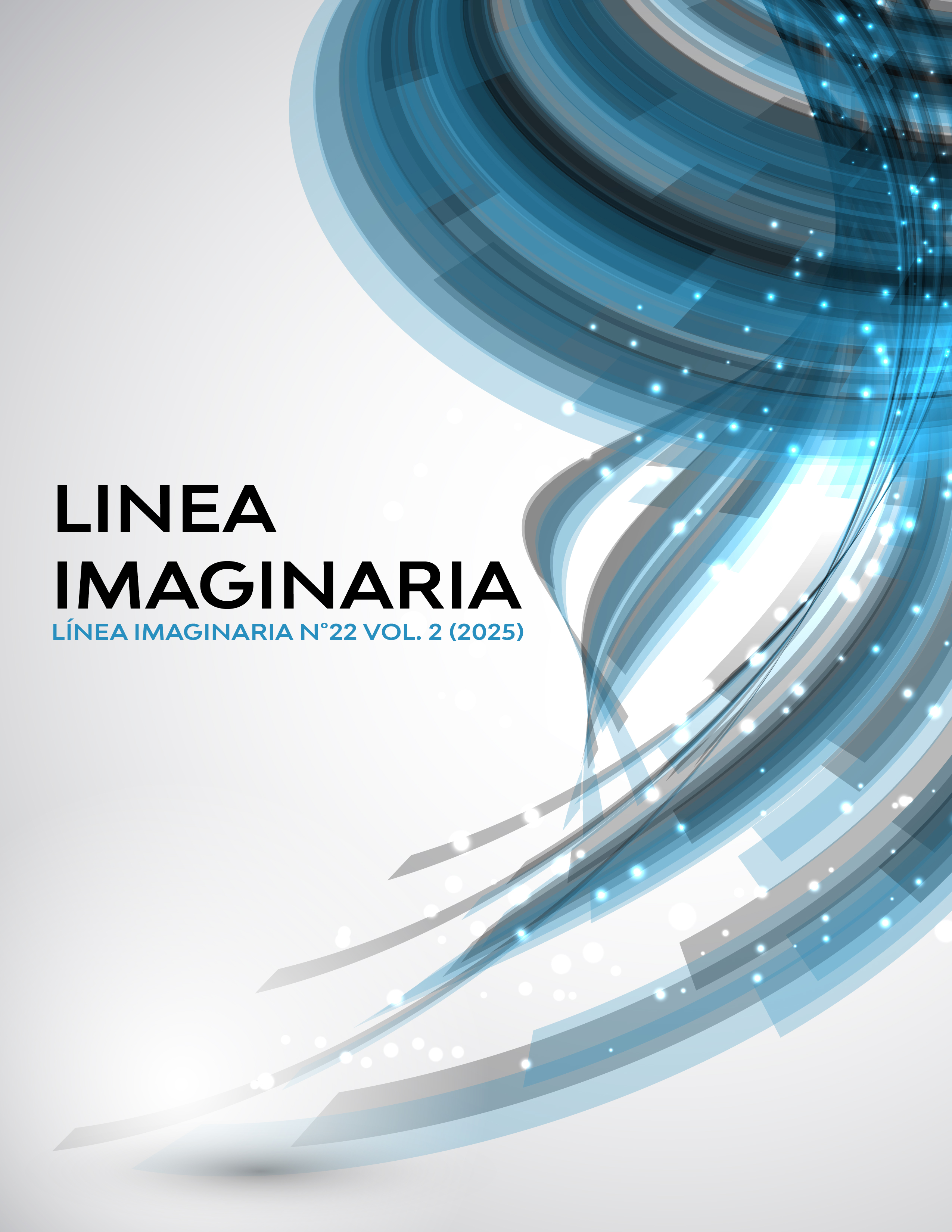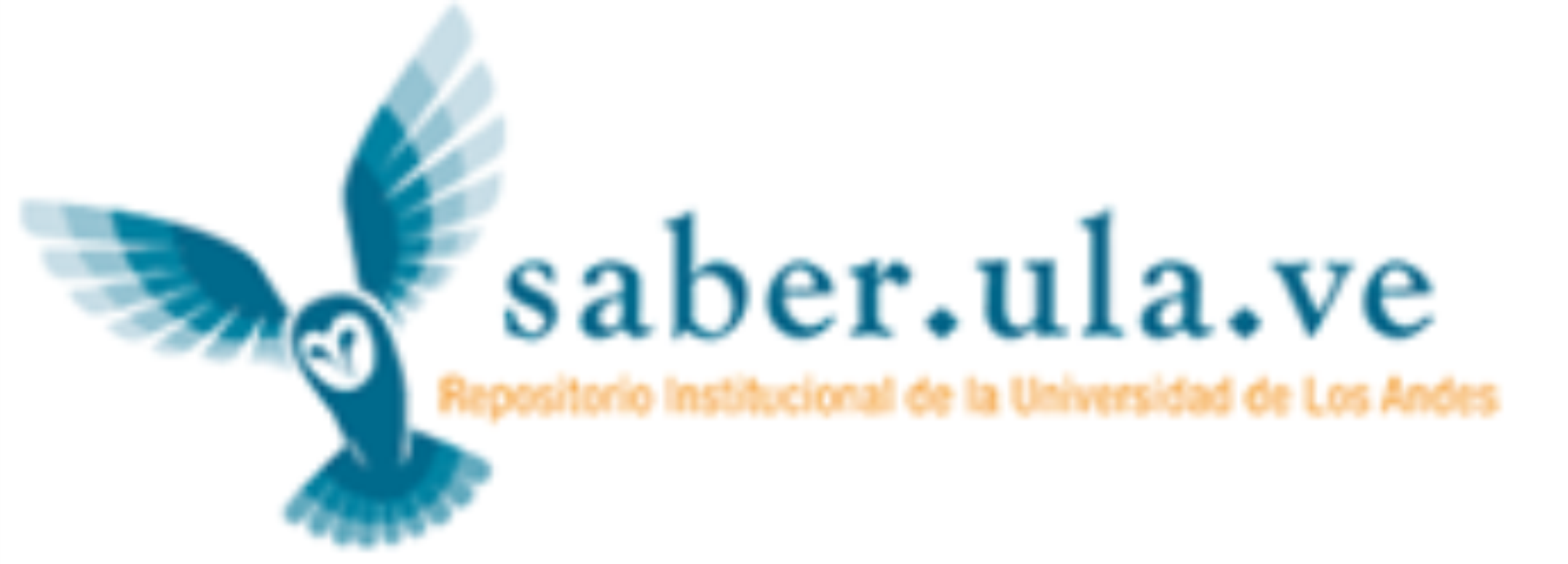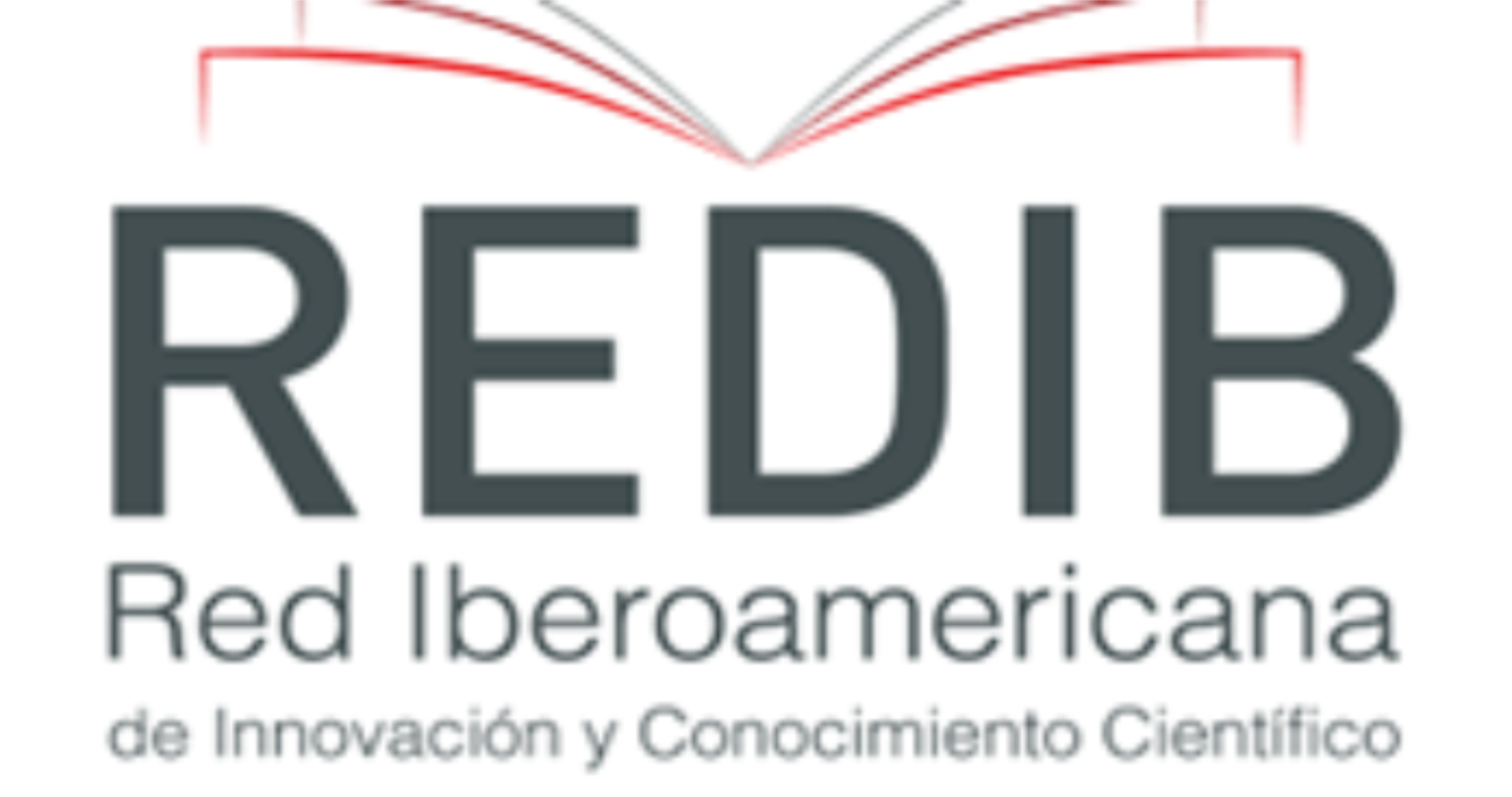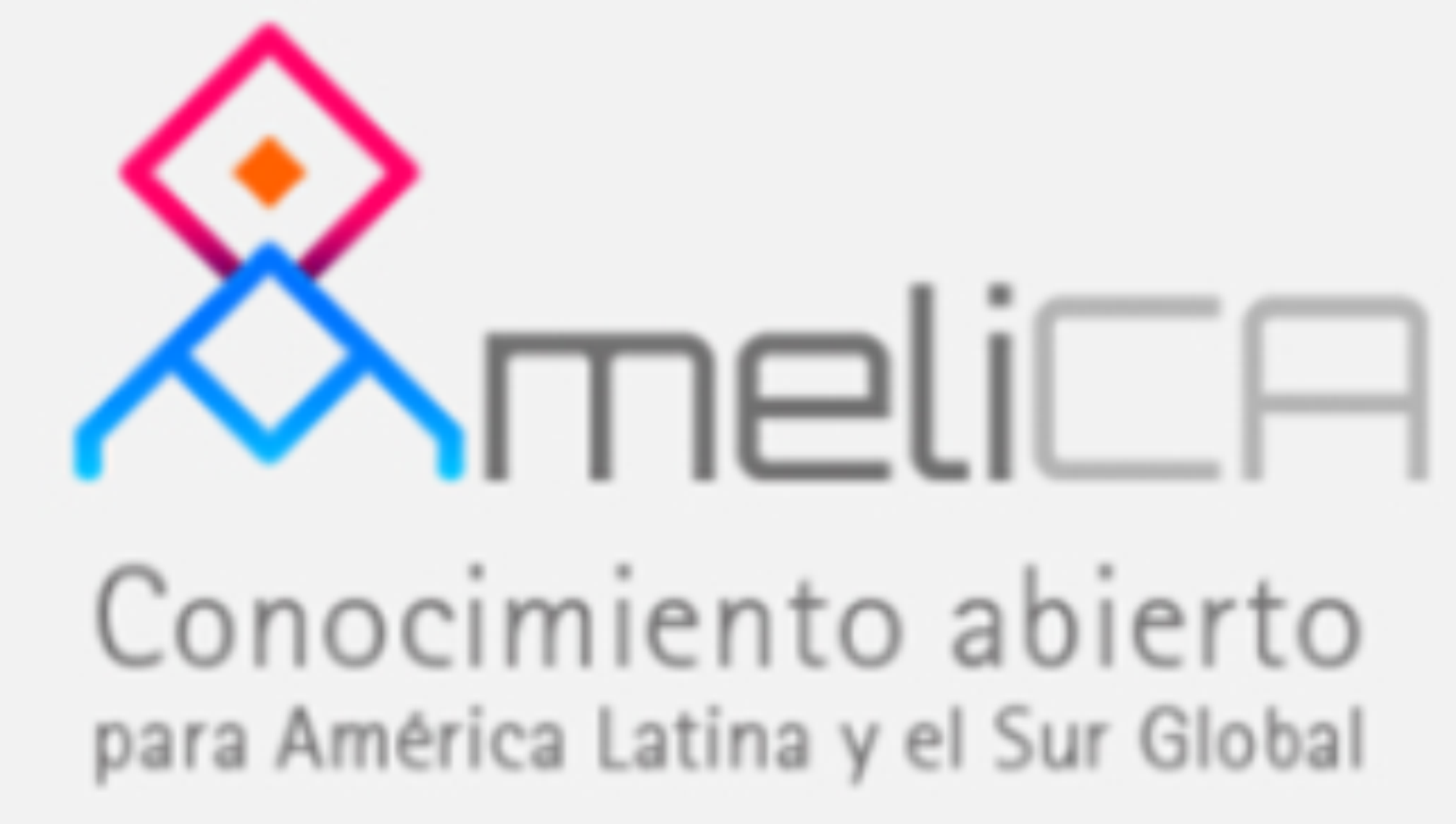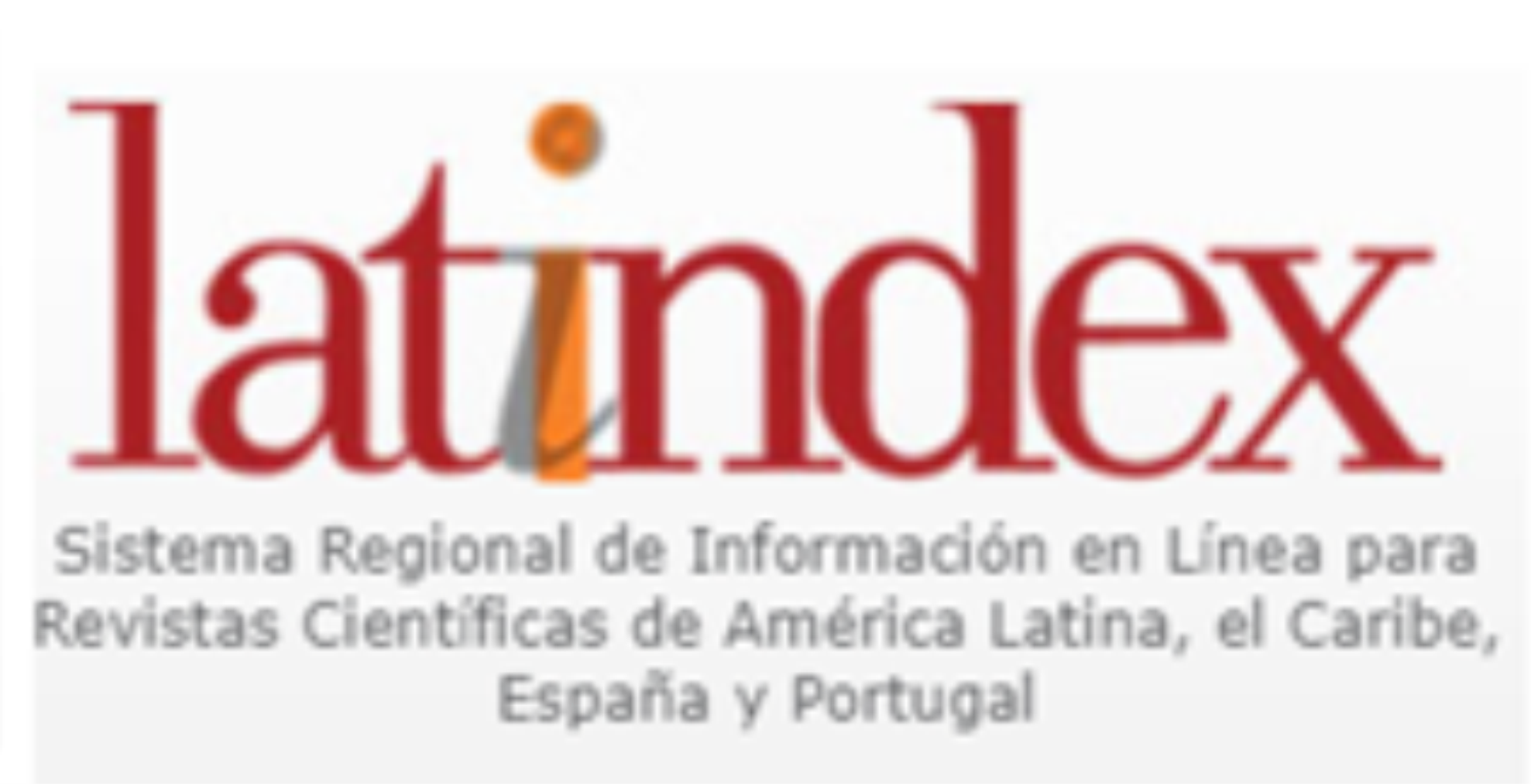THE INCLUSION IN THE DEVELOPMENT FRAMEWORK OF EDUCATIONAL PROCESSES IN THE DEPARTMENT OF SANTANDER COLOMBIA
DOI:
https://doi.org/10.56219/lneaimaginaria.v2i22.4538Keywords:
Inclusion, educational processes, academic developmentAbstract
nclusion in the development framework of educational processes is an approach that seeks to guarantee that all students, regardless of their individual characteristics, have access to quality and meaningful education. This approach is based on fundamental principles that promote equity, diversity and respect for differences. Given this, this article aims to analyze inclusion in the development framework of educational processes in the northern department of Santander Colombia. For this reason, the writing was framed in an essay-type text with a qualitative approach and interpretive paradigm. In this way, the idea is specified that inclusion implies ensuring that all students, including those with disabilities, special educational needs or from disadvantaged backgrounds, have access to the same educational opportunities. This requires the elimination of physical, curricular and social barriers that may limit the full participation of all students. For this reason, inclusion in the framework of the development of educational processes not only benefits those students who have traditionally been marginalized or excluded, but also enriches the entire educational community by promoting an environment where differences are valued and learning is encouraged. collaborative. By adopting this inclusive approach, the foundation is laid for a more just and equitable education for all.
Downloads
References
Blanco, G. (2006). La Equidad y la Inclusión Social: Uno de los Desafíos de la Educación y la Escuela Hoy. REICE. [Equity and Social Inclusion: One of the Challenges of Education and School Today. REICE.] Revista Iberoamericana sobre Calidad, Eficacia y Cambio en Educación, 4(3), undefined-undefined. [fecha de Consulta 30 de Septiembre de 2019]. DOI: https://doi.org/10.15366/reice2006.4.3.001
Booth. T y Ainscow, M. (2011). Guia para la InclusionEducativa. [Guide for Educational Inclusion.] Reino Unido: CSIE.
Booth. T y Ainscow, M. (2002). Index for inclusion: Developing learning and participation in schools. Bristol: CSIE. [Índice de inclusión: desarrollo del aprendizaje y la participación en las escuelas. Bristol: CSIE.] recuperado a partir de https://www.eenet.org.uk/resources/docs/Index%20English.pdf
Calvo, I., & Verdugo, A. (2016). La participación familiar es un requisito imprescindible para una escuela inclusiva. Revista Latinoamericana de educación inclusiva, 99-113. DOI: https://doi.org/10.4067/S0718-73782016000100006
De la Cruz Flores, G. (2017). Igualdad y equidad en educación: tensiones y transiciones. [Equality and equity in education: tensions and transitions] Educación, 26(51), 159-174. Recuperado a partir de http:// revistas.pucp.edu.pe/index.php/educacion/article/view/19290 DOI: https://doi.org/10.18800/educacion.201702.010
Hernández y López (2016). Diseño curricular para la atención educativa de jóvenes con talentos y con capacidades excepcionales en instituciones inclusivas. Barranquilla. Colombia: Universidad Simón Bolívar.
UNESCO (2005) Guidelines for inclusión: Ensuring Access to Education for All. París: UNESCO. [Pautas para la inclusión: Garantizar el acceso a la educación para todos. Paris: UNESCO] Recuperado a partir de http://unesco.org/educacion/inclusive)
UNESCO (2023). La Educación para todos: Logros y desafíos. París: UNESCO.
Downloads
Published
How to Cite
Issue
Section
License

This work is licensed under a Creative Commons Attribution-NonCommercial-ShareAlike 4.0 International License.
La revista Línea Imaginaria conserva los derechos patrimoniales (copyright) de las obras publicadas, que favorece y permite la reutilización de los mismos bajo la licencia Creative Commons Atribución-NoComercial-CompartirIgual 4.0 , por lo cual se pueden copiar, usar, difundir, transmitir y exponer públicamente, siempre que se cite la autoría y fuente original de su publicación (revista, editorial, URL y DOI de la obra), no se usen para fines comerciales u onerosos y se mencione la existencia y especificaciones de esta licencia de uso. Si remezcla, transforma o crea a partir del material, debe distribuir su contribución bajo la misma licencia del original.

